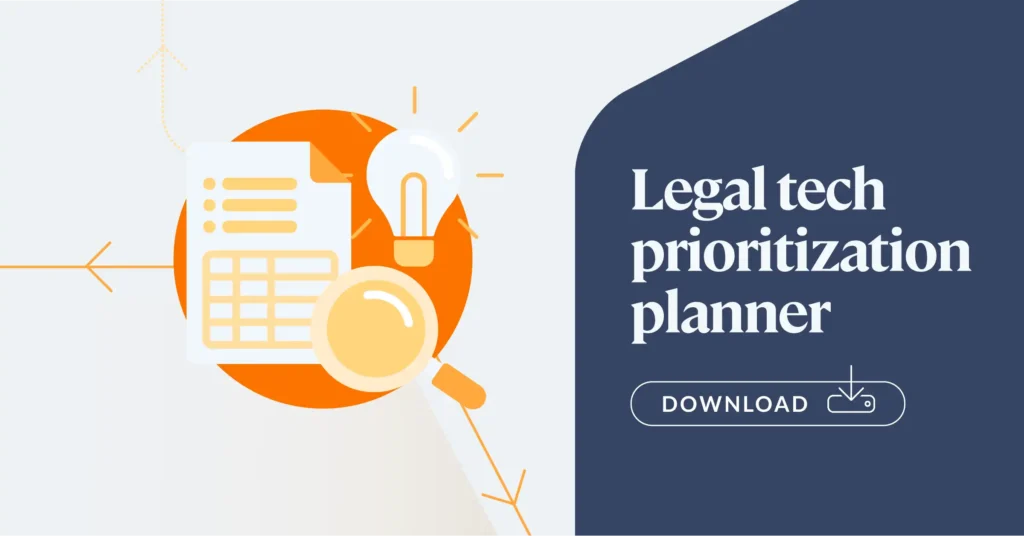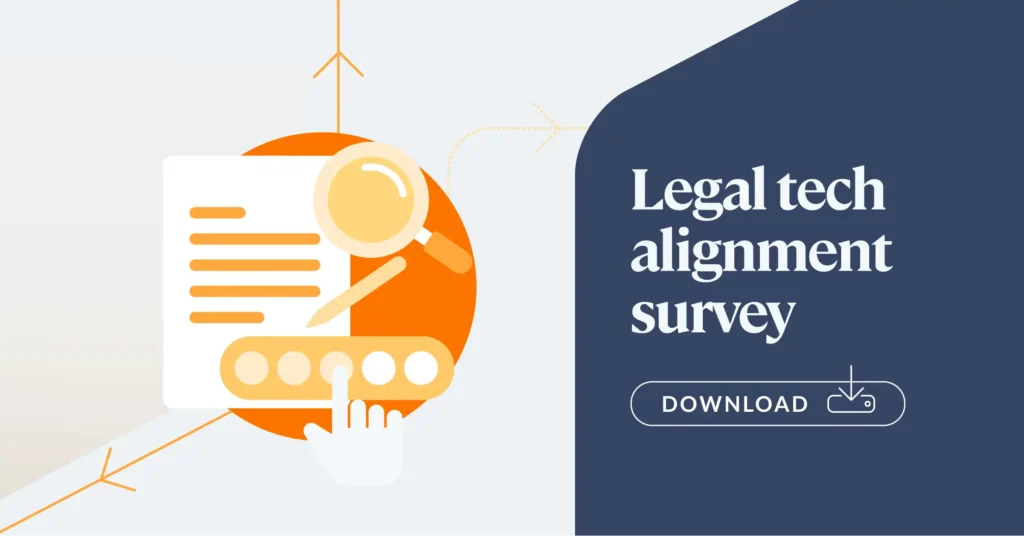How to secure budget for legal technology: 6 practical steps for in-house legal teams

Legal technology is no longer a “nice-to-have”. For growing businesses, it’s a business imperative.
Yet when budget season rolls around, in-house legal teams often struggle to secure funding. Competing priorities, tight resources, and a lingering perception of legal as a cost center make it harder to get approval.
The good news: with the right approach, legal leaders can not only secure budget for legal technology but also position themselves as strategic partners to the business in doing so.
Here are six tips to consider when preparing to secure budget for legal tech:
1. Link legal technology to business priorities
Key stakeholders may ask: why this, why now? Instead of framing your request in terms of “legal needs”, connect it directly to business objectives.
Here are some examples of how you could do this:
- If growth is the priority: Show how contract lifecycle management (CLM) software accelerates sales cycles by reducing contract delays.
- If cost control is key: Highlight how legal spend management tools provide transparency and reduce outside counsel costs.
- If risk is top of mind: Explain how an integrated legal workspace improves compliance, reduces exposure, and supports governance.
Tip: Start with your company’s annual plan, OKRs or CEO letter – and reference those within your business case or legal tech use cases. This positions your request as business-critical rather than a nice add-on for legal.
2. Quantify the ROI of legal tech
Numbers make a difference – even directional ones.
Fortunately, there is plenty of industry research and evidence from other legal teams that you can use to represent ROI or the value of legal technology to the business.
For example, this study conducted by IDC surveyed over 350 in-house legal counsels and business leaders across functions to understand the quantifiable impact (or cost) of legal friction – which is the operational drag created by inefficient processes within in-house legal teams.
When it comes to quantifying the ROI of legal tech, here’s a few metrics to focus on:
- Estimate time savings: For example five hours/week* hourly rate = monthly savings.
- Estimate cost reductions: Automation could lower outside counsel spend.
- Estimate risk mitigation: Value of avoiding regulatory fines or delays.
Tip: Use this free calculator to quantify how much inefficient legal workflows are costing your legal department (and the wider business).
3. Engage the right stakeholders
To move at pace with securing budget for legal tech, identify which stakeholders to engage and the specifics each stakeholder is most invested in.
- Finance cares about cost control, ROI, and transparency.
- IT cares about security, integrations, and compliance.
- Other business units such as sales care about speed, visibility, and self-service access.
Tip: Use collaborative tools like this legal tech alignment survey to help identify stakeholder priorities, pain points, and areas where you can deliver the most value in your tech investment.
4. Start small but show a path to scale
Budget committees are wary of open-ended projects.
Reduce perceived risk by proposing a scalable legal tech roadmap:
- Phase 1: Solve high-impact pain points quickly (e.g., legal intake or contract lifecycle management).
- Phase 2: Scale adoption and use of legal tech into other areas once adoption and ROI are proven.
Tip: Choose scalable solutions. Point solutions may solve one issue, but a unified legal workspace allows you to start small with your legal tech stack and scale without having to implement and adopt new tools.
5. Build a simple yet compelling business case for legal tech
A comprehensive and visual business case is one of the best ways to surface the intention surrounding your investment in legal tech and therefore securing budget to do so.
Best of all, building a business case for legal tech doesn’t have to be arduous! For starters, here’s a free business case template that can be easily customized for your business and the legal tech you’re proposing:
But if you’d prefer to start from scratch, here are three key elements to include in your business case for real impact:
- Third party research including industry stats: This adds credibility and authority to your business case as well as a means of benchmarking against industry standards.
- Benefits or impact beyond the legal team: Address how the chosen tech will positively impact and benefit not only legal but other functions of the business too.
- Include data: Visualize key data such as ROI and success metrics to build confidence around the investment.
6. When securing legal tech budget, timing is everything
Securing budget for legal technology doesn’t need to be an uphill battle. If you want legal tech in place next year, start making your business case now.
- Align with your CFO’s budget cycle and ask when proposals are due.
- Position your request as an investment in growth and efficiency, not just a cost.
- Use tools like a Legal efficiency savings calculator to demonstrate impact and this business case template that does the heavy lifting for you.
Remember, the technology itself is only part of the story.
How you frame the investment – as strategic, measurable, and business-aligned – makes all the difference.




